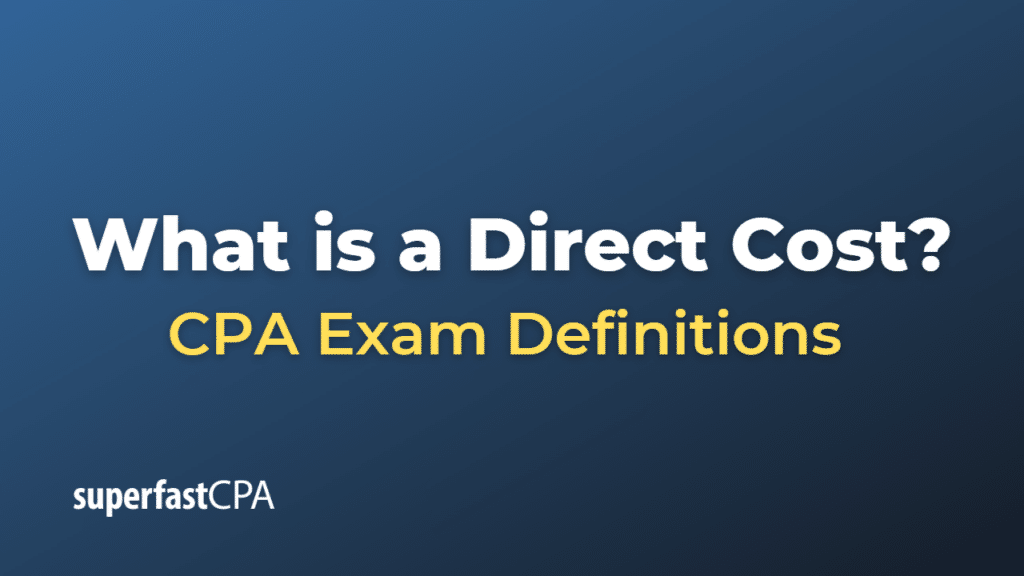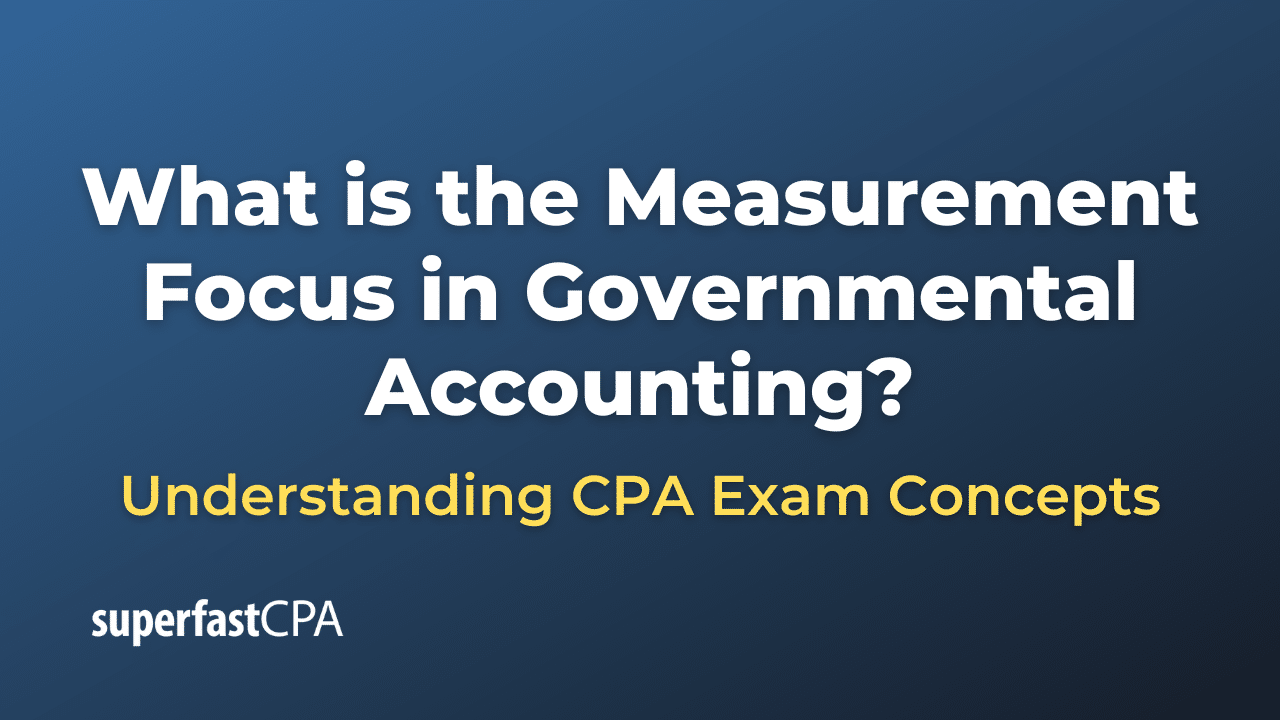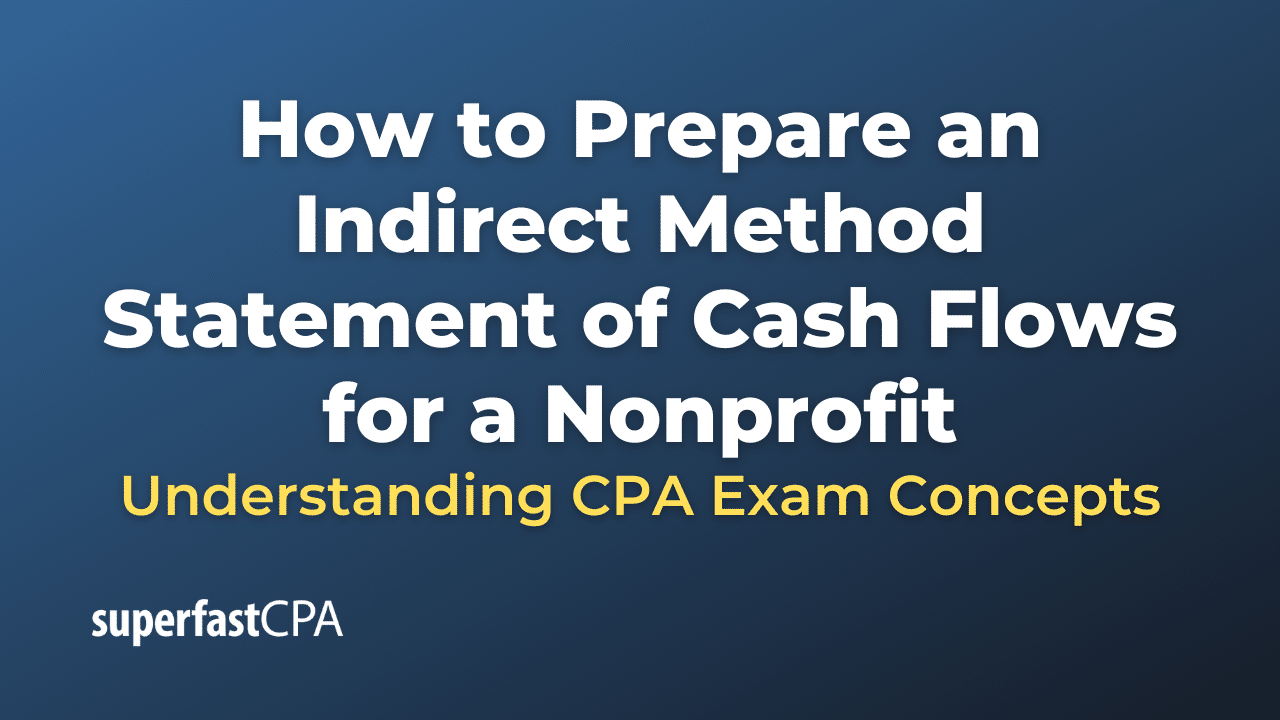Direct Cost
A direct cost is any cost that can be directly attributed to a specific cost object. A cost object could be a product, a department, a project, or any other segment of a company that generates costs. In other words, if the cost wouldn’t exist without the cost object, it’s a direct cost.
Examples of direct costs typically include:
- Direct Materials: These are the raw materials that go into producing a product. For example, in a bakery, the flour, sugar, and yeast used to make bread would be direct materials.
- Direct Labor: This includes the wages of employees who work directly on a product. In the bakery example, the wages of the bakers who make the bread would be a direct labor cost.
Other costs, like machinery used in the production process or specific software needed for a project, could also be considered direct costs if they’re directly tied to the production of a specific product or completion of a specific project.
It’s important to note that the classification of costs as direct or indirect can depend on the context. For example, a cost that is direct for a specific product might be considered indirect if the cost object is a department that produces multiple products.
Example of a Direct Cost
Let’s look at an example in the context of a company that manufactures furniture.
Suppose XYZ Furniture manufactures tables and chairs. For a specific batch of tables, the direct costs could include:
- Direct Materials: This includes the cost of wood, screws, glue, and other materials directly used in the production of tables. For instance, if the company spends $1,000 on wood to make a batch of tables, this is a direct cost.
- Direct Labor: The wages of the carpenters who work on building the tables are also a direct cost. If the carpenters earn $25 per hour and collectively work 200 hours on this batch of tables, their wages for this work—$5,000—would be a direct cost.
- Machine Costs: If XYZ Furniture uses certain machines specifically and exclusively to manufacture these tables, the depreciation of these machines and maintenance costs could also be considered direct costs. If this amounts to $500 for the period during which the batch of tables is produced, this is another direct cost.
So, for this batch of tables, the total direct cost would be $1,000 (materials) + $5,000 (labor) + $500 (machine costs) = $6,500.
Note that other costs, such as the factory’s electricity bill, the manager’s salary, or the cost of maintaining common equipment, would be considered indirect costs for this batch of tables. They support the overall operation but can’t be traced to the specific cost object (the batch of tables) in a cost-effective way.













